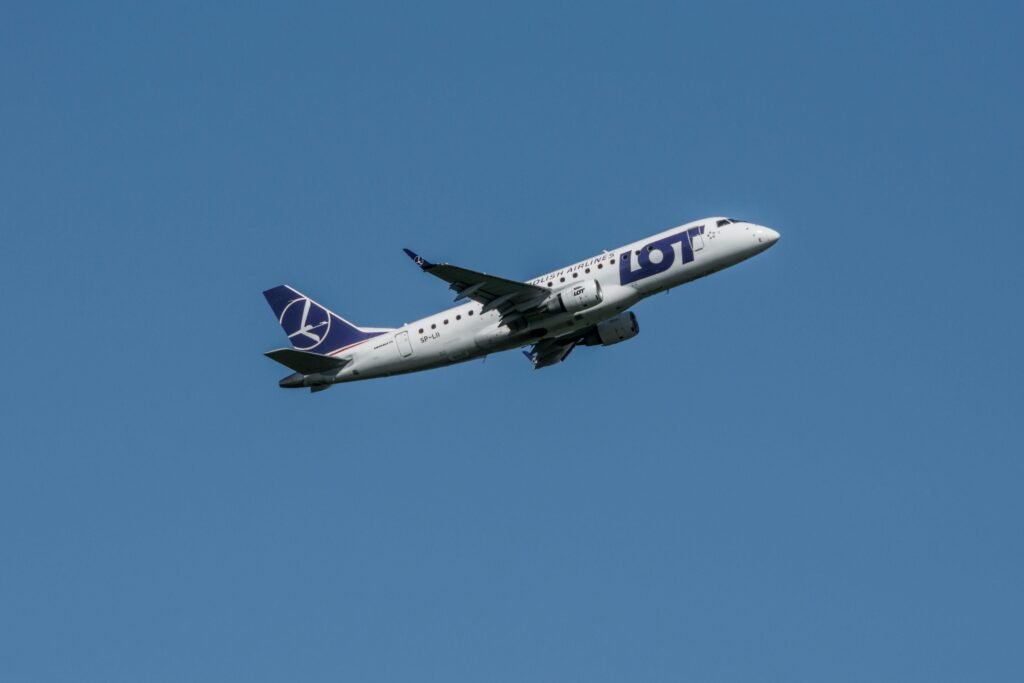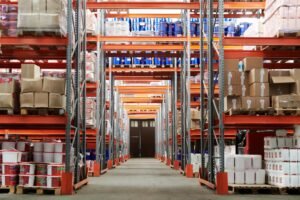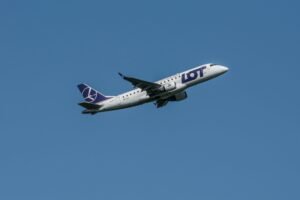
Embraer’s Strategic Rise as Boeing Faces Global Trade Disputes
Trade Disputes as a Catalyst for Opportunity
Commercial disputes between major powers such as the United States, China, and the European Union have had profound effects on multiple sectors of the global economy, particularly the aerospace industry, which lies at the heart of this confrontation. Tariffs imposed by these blocs on aircraft, parts, and components form barriers that directly impact companies such as Boeing, Airbus, and COMAC. In this environment, Embraer’s strategic rise as Boeing faces global trade disputes positions the Brazilian manufacturer as a compelling alternative in the commercial aviation market. Recognized as the third-largest commercial aircraft manufacturer globally, Embraer now sees a unique opportunity to expand its international presence and establish itself as a strategic player in an increasingly polarized global landscape.
Trade Wars as Drivers of Opportunity
Since 2018, trade tensions between the U.S. and China have intensified, resulting in billions of dollars in tariffs on aerospace products. At the same time, the historical rivalry between Boeing (U.S.) and Airbus (EU) has led to disputes at the World Trade Organization (WTO), resulting in reciprocal tariffs between Europe and North America. These barriers create an adverse environment for trade among the industry’s giants, affecting prices and supply chains.
In this scenario, Embraer stands out as a viable alternative, as it is not directly involved in these geopolitical conflicts. Headquartered in Brazil, which maintains good trade relations with both the West and the East, Embraer can offer commercial aircraft without the added burden of protectionist tariffs, appealing to airlines seeking economic efficiency and a stable political environment.
Market Expansion and Fleet Renewal
Tariffs also raise the cost of acquiring and maintaining Airbus and Boeing aircraft for airlines operating in regions affected by these tensions. As a result, many of these companies are starting to seek more economical alternatives to modernize their fleets, especially in the regional jet category, where Embraer already leads with its E-Jet line and the new E2 models.
Additionally, the growing demand for medium-sized aircraft in emerging markets across Asia, Africa, and Latin America—regions looking to reduce their dependence on major manufacturers—presents an opportunity for Embraer to expand its global presence. The company can establish strategic partnerships, local assembly contracts, and technology transfer agreements, leveraging its efficient and adaptable portfolio for various operational needs.
Supply Chain Advantages
Another effect of trade tariffs is the fragmentation of global supply chains. European and North American manufacturers face challenges in maintaining smooth delivery of aerospace components, impacting deadlines and increasing costs. In contrast, Embraer has the opportunity to benefit by diversifying its suppliers and signing agreements with countries not directly involved in the disputes, thereby mitigating logistical risks and increasing its competitiveness.
Conclusion
In a scenario marked by trade conflicts and protectionist policies, geopolitical neutrality and strategic adaptability become valuable assets. By positioning itself as a reliable, efficient, and politically impartial supplier, Embraer has the chance to fill the gaps left by major competitors Boeing and Airbus and to capture markets affected by tariffs. By reshaping its commercial approach, diversifying collaborations, and focusing on innovation, Embraer can turn a globally tense environment into a pathway for sustainable growth.
Read more: COP 30 in Belém 2025






